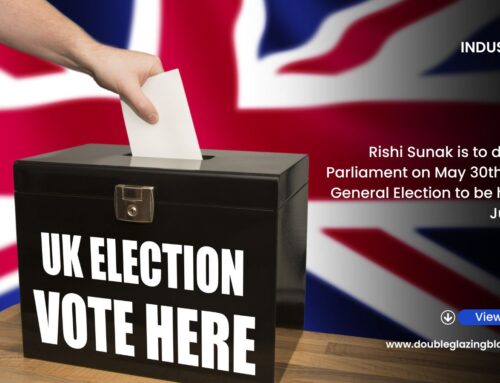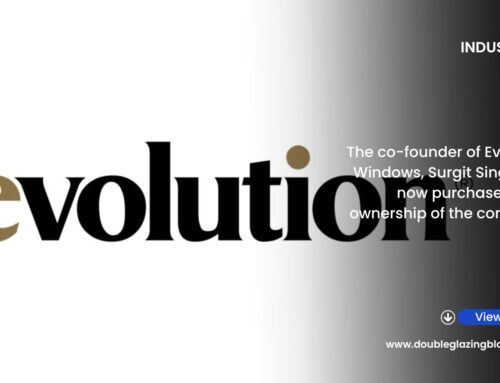Whilst the arguments over trickle vents continue to rage on, eight months after their implementation, attention has rightly turned to the next major set of revisions due to come into effect in 2025.
The Future Building Standards, the new regulations aimed at vastly improving the energy efficiency of new-build properties, are set to see far more stringent minimum U-Values enforced. Or at least that was the thinking up until recently.
U-Values in focus
One of the major pillars of the Future Building Standard that involved fenestration is an expected new minimum U-Value of 0.8W/m²K. This would mark a dramatic reduction from the 1.4 level we are at now.
As a result of these expected revisions, we are starting to see new product launches from the like of Liniar and one or two others which already meet these new criteria. It’s a bonus for those suppliers who are able to produce such low U-Values now, as they are able to go to market with a product that will allow installers to tell their clients that they are going be future-proofed wildly in advance.
However, I have had one or two conversations with certain suppliers who have indicated to me that the direction of travel towards 0.8 may be moving. They have intimated that the Government may be reconsidering such a steep reduction and opting to go in at the 1.0 or 1.2 levels. This is apparently after feedback from the sector that a lot of products won’t be able to meet the 0.8 level.
If this indeed becomes the case, then this would be a watering down of the FBS and a step backwards in the Government’s commitment to reducing the UK’s carbon footprint. Moreover, with recent product launches by some systems companies, it has been proven that 0.8W/m²K can actually be achieved. Two years in advance.
At the moment, nothing is decided, and I believe the Government is still listening to feedback from all sectors before making final decisions on what the parameters of the FBS will be.
Lack of ambition?
Between now and 2025 we are going to see more and more products come to market which can achieve lower U-Values. Indeed, some will meet the 0.8 mark or below. That process has already begun.
So whether the Government decides to roll over under lobbying and water down the new minimum requirements for windows and doors remains to be seen.
On the one hand, you have a part of the sector which appears to have already vocally pushed back on 0.8 and seems to have been given an ear. On the other hand, we already have some companies demonstrating that they can indeed get to that lower level well in advance of the 2025 start date.
So what will the Government think? We already know they have a low opinion of us, which was further reinforced after the woeful handling of the last set of Building Regulations revisions. Will they simply continue to think of us as a sector that lacks ambition and would rather resist changes? Or will they look to the other companies to show what can be achieved and decide that they will stick to their guns as they have with trickle vents?
For what it is worth, I would argue that if products can achieve 0.8 already, and more can come to the market before 2025, then that is the road we should travel down, and take advantage of the USPs that these ultra-efficient products will bring. The cost-of-living crisis and heating bills remain a major concern for many. It appears simple to me that our sector should be able to offer products with as low a U-Value as possible to reinforce the argument that people must continue to invest in their homes for the longer-term benefits.
To get weekly updates from DGB sent to your inbox, enter your email address in the space below to subscribe:
By subscribing you agree to DGB sending you weekly email updates with all published content on this website, as well as any major updates to the services being run on DGB. Your data is never passed on to third parties or used by external advertising companies. Your data is protected and stored on secure servers.







To achieve U Value of 0.8W/m²K in PVCu Window you may need a unit of 40 or 42mm with Two sheets of Low E1 and float or 6.8mm Lam to outer. Light ratio down to 50% so consumer will have lights on most of the day. The centre pane will always need to be toughened. The cost to manufacture and deliver the units will be expensive. Consumer will not like looking into garden via two sets of coating. We also have the issue that Trickle vents still are not included in the U Value. True Thermal Break Aluminium products will… Read more »